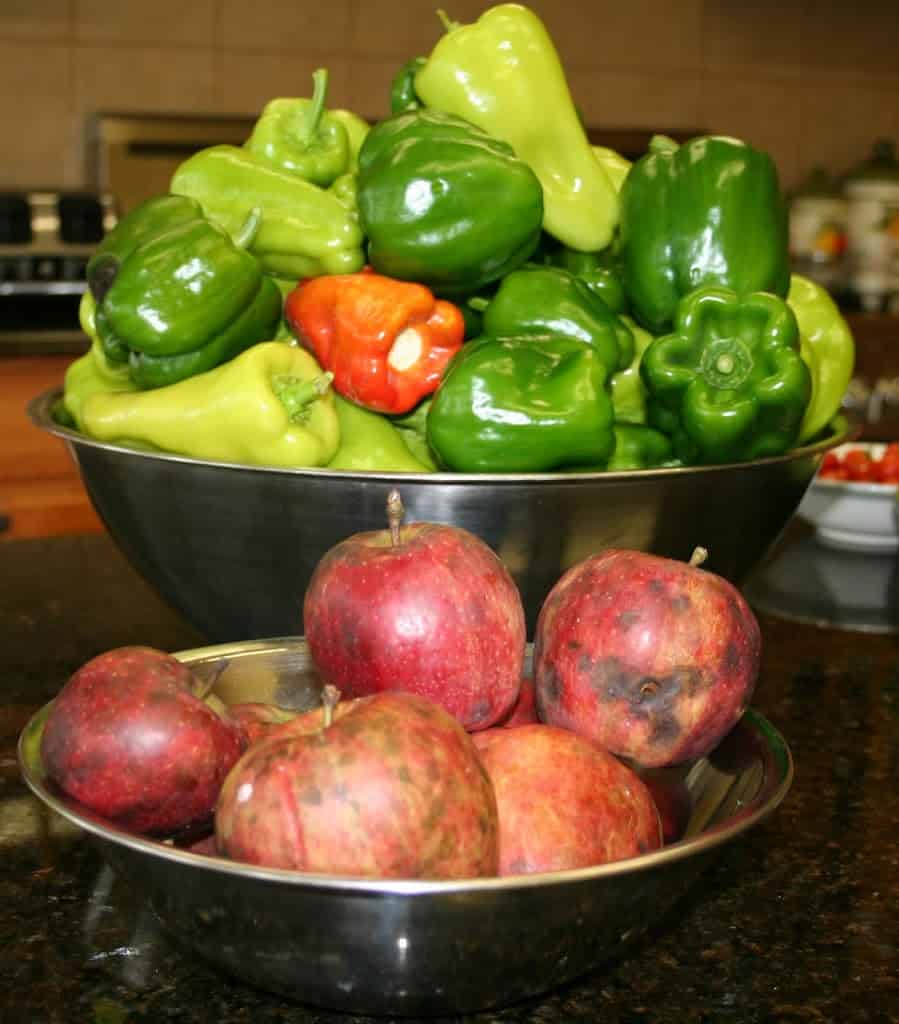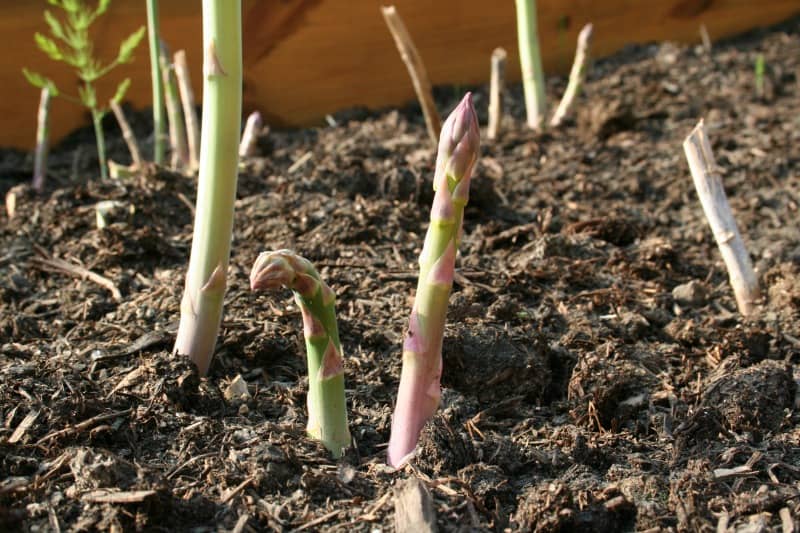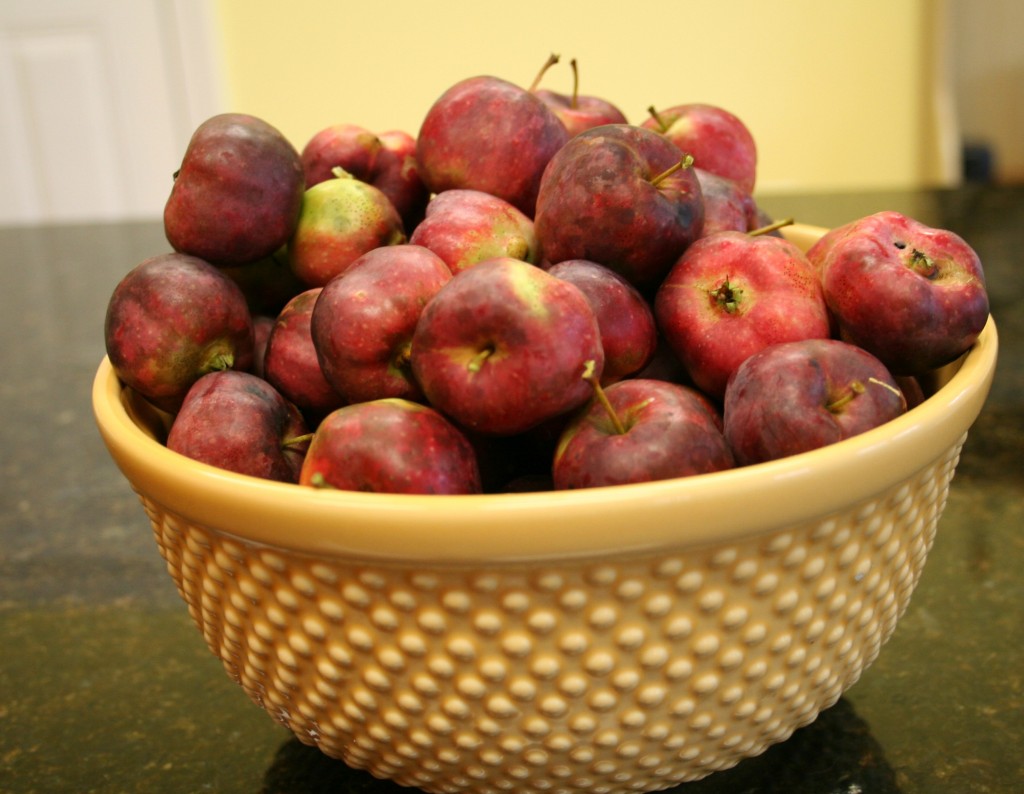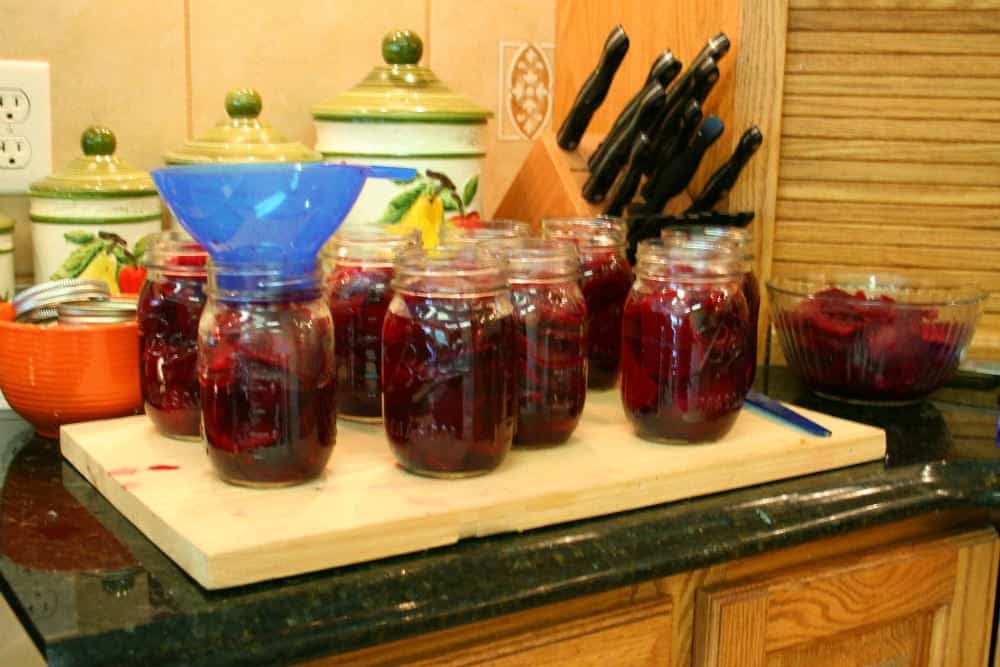Do you go for quality in the garden…or quantity?



 |
| Canning beets in my kitchen last year. |

by Jeanne



 |
| Canning beets in my kitchen last year. |


Are you looking for Christmas gifts for gardeners? This is your holiday gift guide to find the perfect present for that special gardener in your life! I have a lot of experience shopping for Christmas gifts for gardeners, that’s for sure. My dad was an avid gardener, and I delighted in buying him gifts from…

Have you ever wanted to start a vegetable garden, but felt completely lost about what to grow? Here at Home Garden Joy, I specialize in making gardening fun and easy for beginners. Sometimes, the gardening information available is scary. It reads like a cross between chemistry class and a foreign language. Well, I’m here to…

When you improve garden soil, you improve the health of your plants. And, you improve the nutrient quality and quantity of fruits, vegetables, and herbs. There’s an old saying in gardening: The better the soil, the healthier the plants. And the healthier the vegetables, fruits, and herbs you grow in your home garden, the healthier…

Whether you’re new to backyard gardening or just bought your first home and have always longed for the day when you can plant an organic vegetable garden, these tips for starting a backyard garden offer newcomers to the world of gardening useful information to help you be successful. Vegetable gardening doesn’t need to be expensive,…

As long as we have the space and time, growing more than necessary is definitely FUN…..
Can’t beat fresh, home grown. Quality for sure. Sometimes the quantity comes and you can share!
Happy Easter!
I think the quality is almost automatic with home grown produce. You can pick the best seeds and plants to start with.
Oooh, asparagus, I am waiting impatiently for our local asparagus farm to start producing. Another week or so yet I think. Winter was too long.